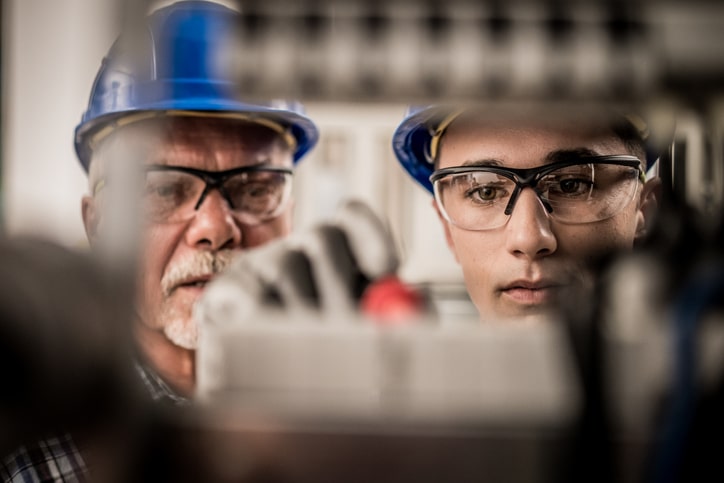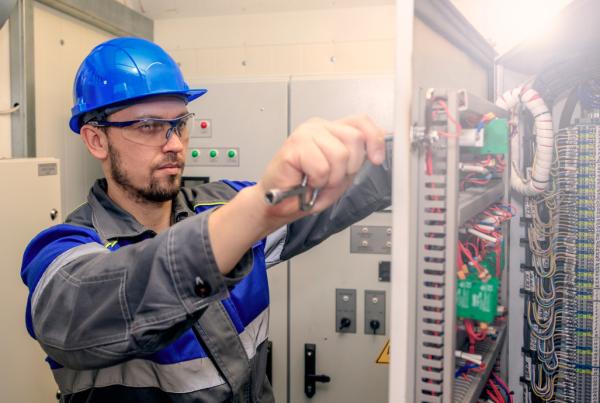From the beginning, electricity has been recognized as presenting some serious hazards, particularly in the commercial and industrial sectors. Employees exposed to electricity can suffer from shock, burns, paralysis, tissue damage, brain damage, or even death. This is precisely why electrical contractors are supposed to follow electrical safety standards – such as the ones set forth by OSHA.
In this article, we will take a closer look at some of the more prevalent commercial and industrial electrical safety standards, what they cover, and what industrial and commercial electrical contractors need to keep in mind.
OSHA Standards for Electrical Safety
The general industry electrical safety standards set forth by OSHA is the Title 29 Code of Federal Regulations (CFR), especially ranging from:
- Part 1910.302 to 1910.308 (Design Safety Standards for Electrical Systems)
- Part 1910.331 to 1910.335 (Safeguards Related to Electrical Work Practices)
- 29 CFR 1926, Subpart K, and few other general standards.
All of these electrical standards use a blend of other safety standards, such as:
OSHA & Electrical Hazards
A detailed look at the OSHA standards listed above will show you that the main focus of OSHA’s regulations is on the design and use of electrical systems/equipment. The major elements that it looks into include the exposed operating elements of electrical systems:
- Lighting
- Equipment
- Motors, machines
- Appliances
- Switches
- Controls
- Enclosures
- Certifications and training
Operating without safety procedures in place doesn’t mean that OSHA can immediately take any federal action. But OSHA can file a complaint and possibly a lawsuit and, in most instances, the federal government tends to side with OSHA. This can lead to a plant or factory being shut down. Electrical contractors need to be aware of all the standards applicable to a given project and work accordingly.
According to OSHA…
The best way to protect employees against electrical hazards includes catering to three main issues:
- Unsafe equipment condition/installation
- Unsafe work environment, or
- Unsafe industrial practices.
Some ways that OSHA recommends these issues can be mitigated include the use of insulation, guarding, grounding, using electrical protective devices, and promoting a work environment that focuses on human life as well, not just profitability.
Some practices that can help protect against electrical hazards, as detailed in subpart S of 29 CFR Part 1910, in Sections 1910.331–1910.335 include:
- Making sure that electrical equipment is de-energized before inspection/repair,
- All tools should be well-oiled (but not too oiled) and maintained
- Using PPE when working near energized lines/equipment
- Making sure electrical systems are well maintained.
The electrical safety for construction applications has been detailed in subpart K of 29 CFR Part 1926.416 to 1926.417.
There are a lot more, very specific OSHA standards for electrical safety that electrical contractors in the commercial or industrial workplace need to bear in mind to avoid liability. The quickest way to ensure electrical system safety is by getting it regularly tested and diagnosed by experts. Skyline expert electrical contractors are here to help you out day and night, regardless of what you need, when you need it. Get in touch with us today and let us help you ensure safety and standard compliance!




